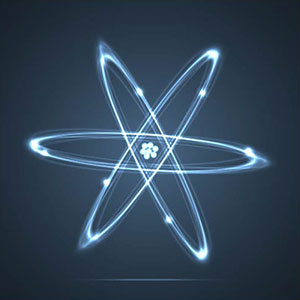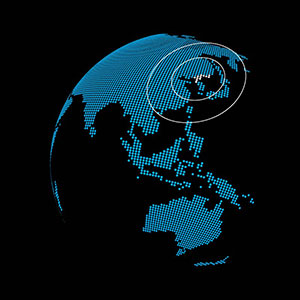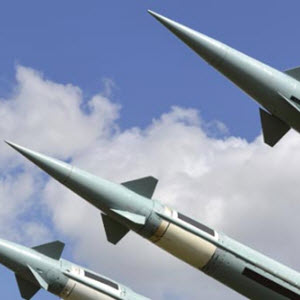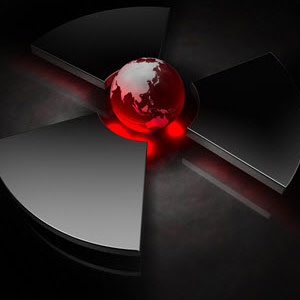Contact
Approaching Critical Mass: Asia's Multipolar Nuclear Future
On June 29, 2016, NBR hosted an event to launch its groundbreaking report “Approaching Critical Mass: Asia’s Multipolar Nuclear Future.”
Event Audio
INTRODUCTION
Richard J. Ellings, The National Bureau of Asian Research
Tiffany Ma, The National Bureau of Asian Research
KEYNOTE
Maj. Gen. Clinton E. Crosier, U.S. Strategic Command
PANEL DISCUSSION
Chair
-
Roy Kamphausen, The National Bureau of Asian Research
Presenter
- Matthew Kroenig, Georgetown University
Discussant
Christopher Twomey, Naval Postgraduate School
CLOSING REMARKS
Richard J. Ellings, The National Bureau of Asian Research
Event Photos
Event Summary
The event featured a keynote address followed by a panel discussion with leading scholars in the field. Following opening remarks by Tiffany Ma and Richard Ellings of NBR, Major General Crosier from U.S. Strategic Command (STRATCOM) delivered the keynote address, which focused on U.S strategies for deterrence. In his remarks, he highlighted the increasing need to advance strategic thinking and cultivate a nuanced understanding of today’s increasingly complex security environment, which is compounded by the proliferation of advanced nuclear and missile technology in Asia.
The ensuing panel discussion featured report author Matthew Kroenig and project senior advisor Christopher Twomey, and was moderated by Roy Kamphausen of NBR. Dr. Kroenig (Georgetown University) presented his key findings and recommendations of the study. His presentation highlighted the new challenges posed by an evolving nuclear order in Asia that is distinctive from the previously bipolar order. Dr. Twomey (Naval Postgraduate School) added his perspectives on the main themes of the report and made recommendations for future research.
The contemporary nuclear landscape has evolved from the Cold War model into a multipolar nuclear order characterized by the presence of several nuclear powers with varied capabilities. As the study indicates, the growth in the number of nuclear players in Asia will affect the strategic calculus of regional powers in several ways—their needs for strategic assurance, their evolving grand strategies and force postures, the prospect of arms races and arms control, and the dangers of crisis escalation—all of which introduce greater complexity into U.S. foreign and defense policymaking. Hence, it is of growing importance to better understand the shifting dynamics of a multipolar nuclear order in Asia and its significance for U.S. policy. This stimulating discussion—and the findings of this NBR Special Report—shed much needed light on Asia’s current and future nuclear dynamics.







